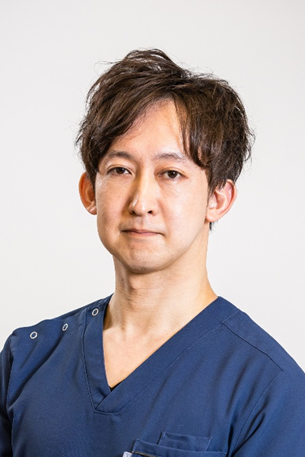Column What is Hybrid Laser Therapy? What Kind of Patients is it Indicated For? What Does it Involve? We Answer All Your Questions! (Article Supervised by a Medical Practicioner)
June 21, 2024
Various treatments for disc herniation are available. There are conservative treatments, surgical procedures to remove the herniated disc, and more recently, intervertebral disc therapy that is performed on the herniated disc.
In this article, we will discuss one specific type of disc treatment, the Hybrid Laser method.
What is the Hybrid Laser method?
The Hybrid Laser method is a minimally invasive treatment for herniated discs. It aims to combine the advantages of both laser therapy (PLDD) and ozone therapy (PODD) in one session.
The advantage of laser therapy is to decrease the pressure within the disc that causes the herniation, while the advantage of ozone therapy is to reduce the inflammation caused by the herniation.
By combining the advantages of laser and ozone treatment, a higher degree of efficacy can be achieved.
The Hybrid Laser method
The hybrid laser therapy is performed under local anesthesia.
A 1 mm puncture needle is placed into the disc via the back while using an x-ray fluoroscopy system. A laser fiber is then passed through the needle to irradiate the nucleus pulposus and decompress the disc. Finally, ozone is injected to reduce the inflammation.

Advantages and disadvantages of the Hybrid Laser method
Advantages of the Hybrid Laser method
・The treatment time is rather short, lasting about 25 minutes.
・The treatment uses a puncture needle as opposed to an incision, so the postoperative scar is not noticeable.
・This treatment is more effective than PLDD or PODD on their own, because while the hernia is removed, the inflammation is also treated at the same time.
Disadvantages of the Hybrid Laser method
・This treatment is not effective on all hernias.
・It is not covered by health insurance.
・The recurrence rate is relatively high, ranging between 5% and 15%, as is also the case with laser and ozone therapy *1
*1: Daniel S.J. Choy, et al. Twenty-three years of percutaneous laser disc decompression (PLDD)State of the art and future prospects. Medical Laser Application. Volume 24, Issue 3, 2009. Bhatia, A., et al. Percutaneous Ozone Treatment for Herniated Lumbar Discs: 1-Year Follow-up of a Multicenter Pilot Study of a Handheld Disposable Ozone-Generating Device. Journal of Vascular and Interventional Radiology. Volume 30, Issue 5, 2019.
For patients who wish to lower the recurrence rate
As mentioned above, the Hybrid Laser method has a somewhat high recurrence rate. The reason for this is that it reduces symptoms caused by herniated discs but does not repair the disc itself.
To reduce the recurrence rate, the damaged disc must first be repaired. This can be done with the Cellgell method.
The Cellgel method
The Cellgel method is a treatment used to repair damaged discs.
With the Cellgel method, a drug is injected inside the cracks in the disc and fills them, which then forms a gel-like substance that takes the place of the cracks, preventing further disc degeneration, and providing a fundamental treatment.
It is characterized by the fact that the volume of the disc is not reduced, and the drug remains in the disc as a gel-like implant after treatment, thus preserving the disc.
The Cellgel method is indicated for both lumbar and cervical disc degeneration.

If you are suffering from back pain, please consider booking a consultation at our clinic.
About the author of this article

Tadaaki Minowa, Orthopedic Surgeon
Academic Affiliations and Qualifications
The Japan Society of Low Back Pain
Japanese Society of Endoscopic Surgery
Japan Medical Association Certified Industrial Physician
Japanese Organization of Medical Examiners for Cancer Therapy, Board Certified in Cancer Therapy
Certified physician of the Cellgel method
Certified physician of ozone therapy
Certified physician of the Florence method



